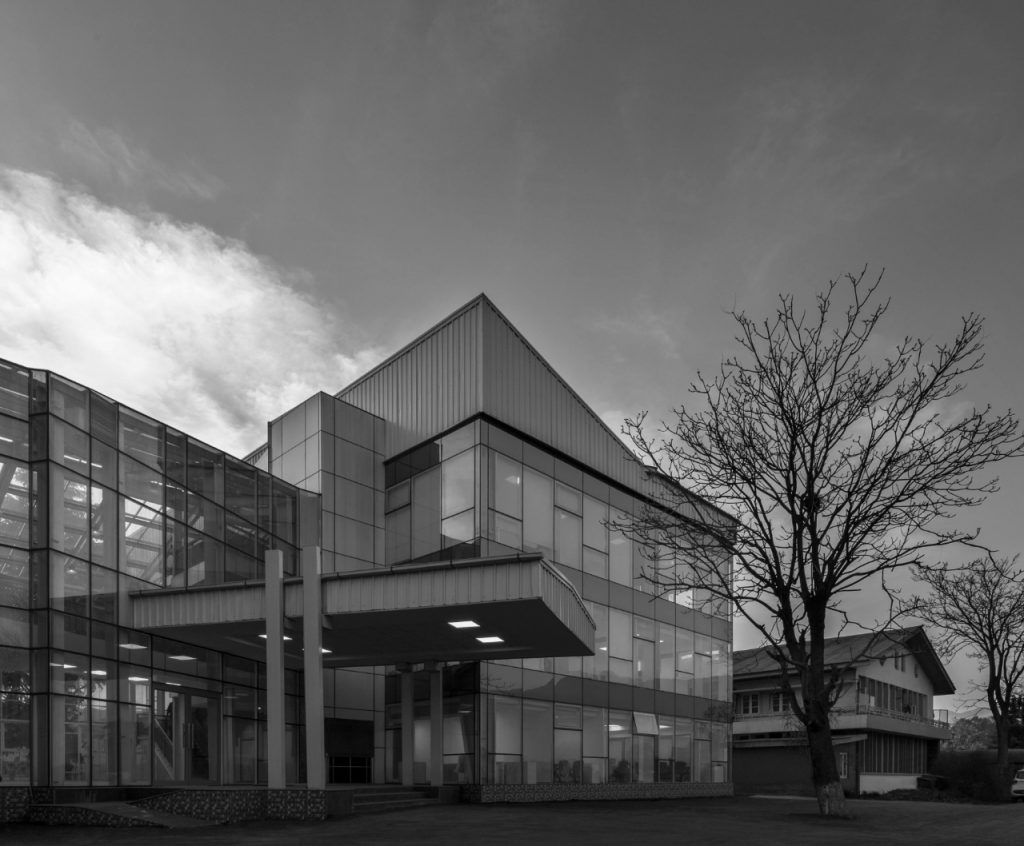When a common person envisions a building, they are likely to imagine a four-sided wall box. However, an energy minded owner or an architect looks at it from a completely different perspective of maximizing energy efficiency. In today’s day and age, science and innovation are a few of the greatest drivers towards intelligent technology. Internet of Things (IoT) and Power over Ethernet (PoE) are some of the bi-products of this constant drive towards a better solution, a better tomorrow. Though, sometimes we tend to forget that one can also utilize what nature throws at them to their advantage while designing buildings. The different facades of a building should be designed in ways that are best suitable to a particular climate, maximizing energy efficiency while at the same time provide a comfortable environment for its occupants. When designing a building’s facades, the sun’s seasonal movements should be taken into key consideration. It is likely that no side of a building will look the same when the idea is to maximize the energy effectiveness of a building’s façade. Different climate zones require different design strategies entailing a distinctive approach to a building’s orientation.
Hot Climate
The regions latitudinal below or above the Tropic of Cancer and the Tropic of Capricorn are almost entirely sun-beaten. For such climates, one needs to protect the building from excessive sunshine, provide shading, and orient it to reduce solar heat gain. To accomplish this, external shading devices such as vertical exterior louvers or overhangs may be utilized on all four faces of a building to keep the building cooler. Another way to allow sunlight to enter the building without putting a strain on the building’s cooling load is by installing a high-performance curtain wall. These high-performance curtain walls can also be used at reducing solar heat gain, allowing daylight to penetrate while minimizing its impact on the cooling load. Moreover, facades can be designed in a way that instead of using sunlight they make use of reflected light to reduce energy consumption. Double-skin facades can also be designed into a building to allow natural air-flow and along with sun shading properties.
Mixed Climates
Zones that lie in between the Tropics and the Arctic experience a mixed climate where the main concern is to be able to deploy a balanced and nuanced approach. Facades designed to complement this climate should be able to keep heat out of a building during summers or humidity while allowing sufficient solar heat gain and warmth inside the building during winters. The facades on the east and west side require stronger sun control, especially during the early hours of the day. This can be achieved through the use of high-performance windows that allow natural air-flow and an external shading mechanism like an aluminum rain screen, shutters, or vertical sun shades. In order to block the heat of the midday sun, the south/ north façade (depending on which side of the equator the building is) of the building should be designed with glazed curtain walls, tinted windows, and horizontal shading devices. On the other hand, the side that gets the most sun during winters should be designed with smaller windows and higher thermal resistance to maximize insulation and heat retention in the building.
Cold Climate
As one gets closer to the Arctic or the Antarctic Circle, the places get colder with lesser sun exposure. Buildings in these regions should minimize east and west exposure while maximizing sun exposure from the North and the South. Facades can be designed with a higher window-to-wall ratio to increase the heating load, especially on the south-facing side to allow maximum daylight and warmth from the sun’s heat energy. To be able to further retain this warmth from the sun during winters, the right amount of glazing should be selected on windows. This helps keep the building well insulated while also allowing natural daylight into the building. Keeping the overall insulating value of a façade as low as possible maintains a slow transfer of heat during the harsh winters. Insulating the north façade (closer to the North Pole) through higher solar gain glazing can also help retain heat from ambient and reflected light. It is also important to know which building façade will be most affected by strong winter winds, which direction will the rainstorms and ice impact the building the most, and where ice and snow might get accumulated the most so as to reduce the risk of falling ice and snow and also limit the possibility of seepage into the building.
In a nutshell, a building’s performance not only depends on the technology that has been used to design it or the technology that is a part of it but also keeping in mind geographical factors like weather and climate and their effect on the overall efficiency and comfort of a building. Intelligently incorporating these elements in designing facades not only will limit their effect on a said building but on many occasions use them to the building’s advantage.
An architecture firm looks at it from a completely different perspective of maximizing energy efficiency, evaluating various aspects of the building in their architectural design studio. ANA Design specializes in such services of architecture and landscape designing keeping in mind the energy consumption of the structure.

